Echinodorus quadricostatus
Scientific name: Echinodorus quadricostatus
Family: Alismataceae
Maximum size reached under cultivation: 10 - 15 cm (3.94 - 5.91 inch)
014
Recommended pH range: 6.5 - 7.4
Recommended water hardness: 4 - 12°dGH (71.43 - 214.29ppm)
0°C 32°F30°C 86°F
Recommended temperature range: 21 - 28 °C (69.8 - 82.4°F)
Preferred propagation method: Runners
Native to: South America
Growth rate: Fast
Recommended substrate: Gravel
Lighting requirements: Bright
Ideal placement in tank: Foreground
Family
Alismataceae
Common Name
Cuban Broad Leaf Chain Sword
Origin
Echinodorus quadricostatus is native to South America, primarily found in Brazil and neighboring regions. It thrives in shallow waters, marshes, and seasonally flooded areas, making it highly adaptable to different water conditions.
Growth & Ideal Conditions
- Maximum Size: 10 - 15 cm (3.94 - 5.91 inches)
- Growth Rate: Fast
- Lighting Needs: Bright
- Substrate Preference: Gravel, nutrient-rich substrates recommended
- Placement: Foreground
This species is ideal for aquascaping, creating a lush green carpet effect in planted tanks. While it can tolerate moderate lighting, its growth will be significantly slower in lower light conditions. For optimal results, supplementing the substrate with root tabs is highly recommended.
Propagation
Echinodorus quadricostatus propagates through runners. The mother plant produces horizontal offshoots, and at each node, new plantlets develop. These can be separated and replanted once their roots have established.
For the best growth:
- ✅ Allow the runners to spread naturally.
- ✅ Once plantlets develop strong roots, gently detach and replant them.
- ✅ Use nutrient-rich substrates or root fertilizers to support young plants.
This makes it an easy-to-propagate species, perfect for aquarists who want to expand their plant coverage effortlessly.
Difficulty Level
Easy. This plant is highly adaptable, making it suitable for both beginners and experienced aquarists. It can adjust to different water parameters, but to maintain a healthy, vibrant carpet, it requires bright lighting and nutrient-rich conditions.
Short Description
Echinodorus quadricostatus is a versatile and low-maintenance foreground plant. Its compact growth makes it ideal for both large and small aquariums. When provided with bright lighting and a fertile substrate, it forms a dense, carpet-like effect that enhances the aesthetic appeal of any aquascape.
This plant is submersible but can also grow emersed in shallow water conditions, where it may develop longer stems and even flowers. While it tolerates a range of lighting conditions, higher light intensity encourages faster growth and a more compact form.
With proper care, Echinodorus quadricostatus can be a beautiful, fast-growing addition to a planted aquarium, providing shelter for small fish and invertebrates.

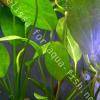 Echinodorus “Ozelot”
Echinodorus “Ozelot”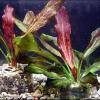 Echinodorus “Red Flame”
Echinodorus “Red Flame”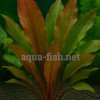 Echinodorus “Red Special”
Echinodorus “Red Special”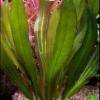 Echinodorus “Rubin”
Echinodorus “Rubin”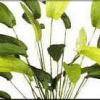 Echinodorus “Tricolour”
Echinodorus “Tricolour”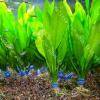 Echinodorus amazonicus
Echinodorus amazonicus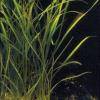 Echinodorus angustifolius
Echinodorus angustifolius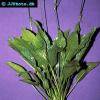 Echinodorus bleheri
Echinodorus bleheri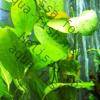 Echinodorus cordifolius
Echinodorus cordifolius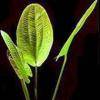 Echinodorus grandiflorus
Echinodorus grandiflorus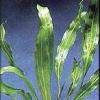 Echinodorus horemanii
Echinodorus horemanii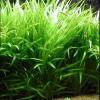 Echinodorus latifolius
Echinodorus latifolius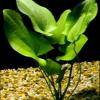 Echinodorus macrophyllus
Echinodorus macrophyllus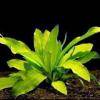 Echinodorus major
Echinodorus major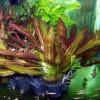 Echinodorus osiris
Echinodorus osiris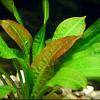 Echinodorus parviflorus
Echinodorus parviflorus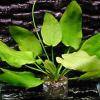 Echinodorus schlueteri
Echinodorus schlueteri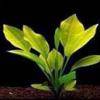 Echinodorus subalatus
Echinodorus subalatus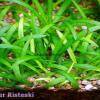 Echinodorus tenellus
Echinodorus tenellus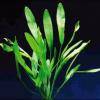 Echinodorus uruguayensis
Echinodorus uruguayensis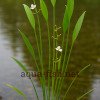 Sagittaria graminea
Sagittaria graminea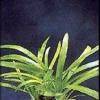 Sagittaria platyphylla
Sagittaria platyphylla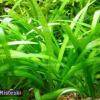 Sagittaria subulata
Sagittaria subulata